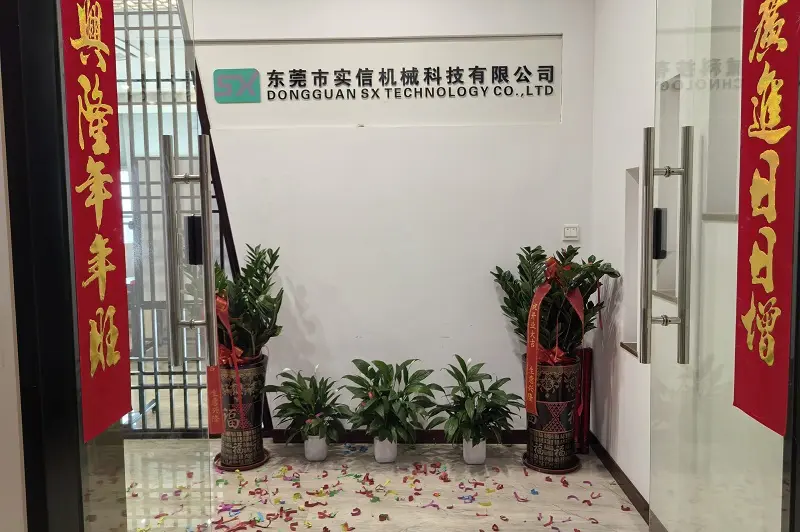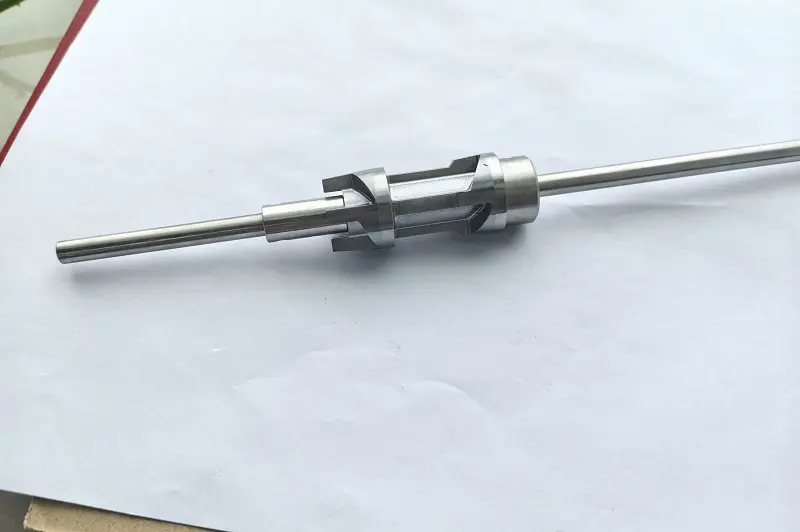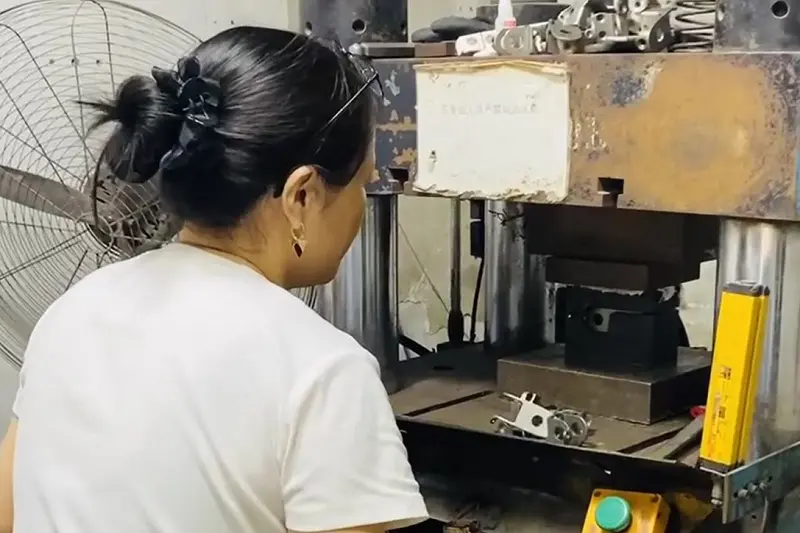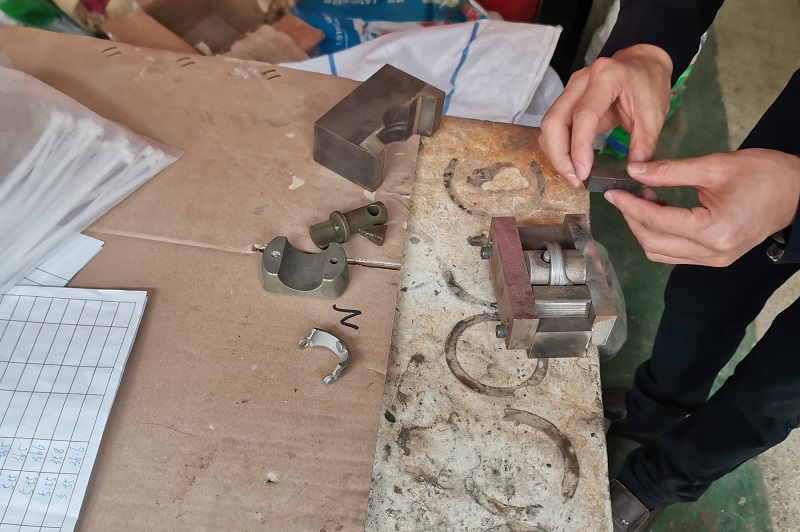 +86 180 0293 5268
+86 180 0293 5268
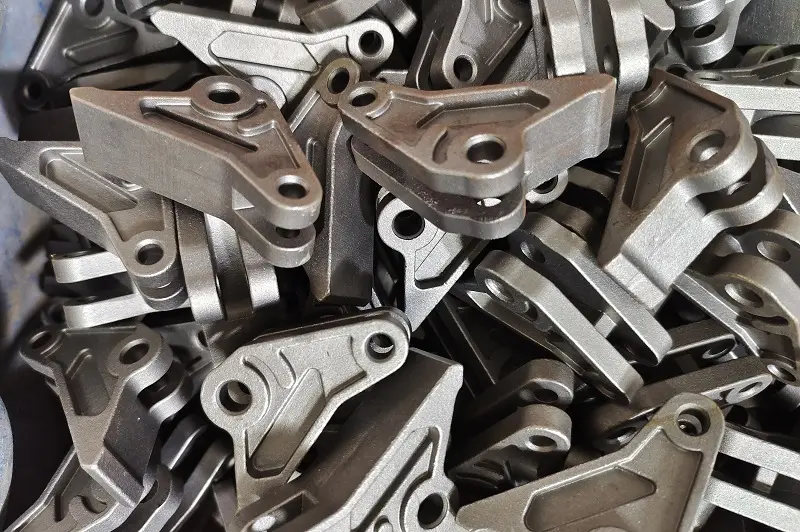
Is stainless steel casting expensive?
As a high-precision and high-quality manufacturing method, stainless steel investment casting is widely used across various industrial sectors. However, its cost is relatively higher compared to traditional casting processes. The cost of stainless steel castings is influenced by multiple factors, including raw material costs, process complexity (casting costs), post-casting processing expenses, market supply and demand, and other related expenditures. In the following sections, we will analyze the cost of stainless steel castings from several perspectives, hoping to provide some useful insights.
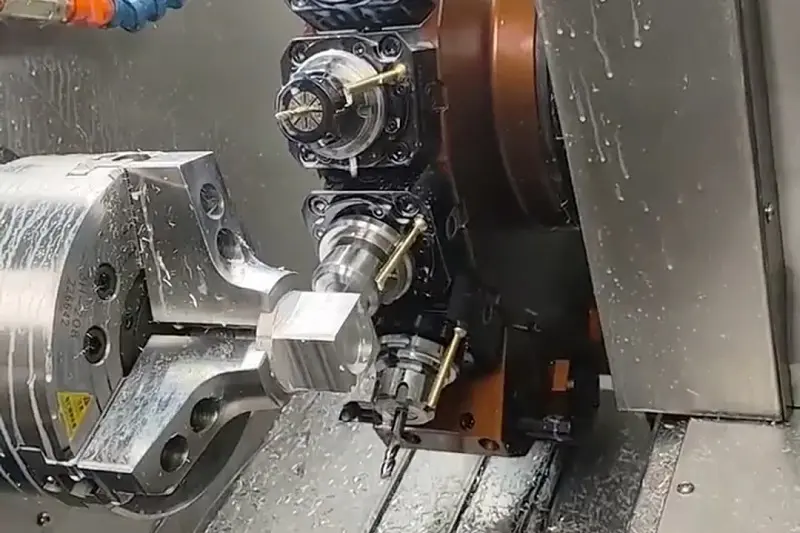
What is the difference between CNC milling and CNC turning?
In today's manufacturing industry, CNC machining technology plays a pivotal role and is indispensable across almost all sectors. Among its various processes, CNC milling and CNC turning are two of the most common and core machining methods. Both utilize programmed control of machine tool movements to produce parts with high precision and efficiency. However, they differ significantly in their machining principles, applications, and the types of parts they can produce. Below, we explore their differences.

What are the characteristics of one-stop customized precision CNC machining services?
Non-standard CNC precision machining custom, as the name implies, goes beyond traditional single-part manufacturing by providing comprehensive CNC machining services tailored to clients' specific requirements - from material selection (sometimes starting with design) through production processes to final product delivery. This service model breaks through the limitations of conventional manufacturing, placing greater emphasis on client communication and collaboration to meet personalized and diversified needs. Amidst the dual waves of industrialization and digitalization, the manufacturing sector is undergoing unprecedented transformation. Traditional CNC parts production is gradually being replaced by more efficient and flexible methods, with custom precision CNC machining gaining widespread adoption due to its unique advantages. Below we explore the distinctive characteristics of custom precision CNC machining services:
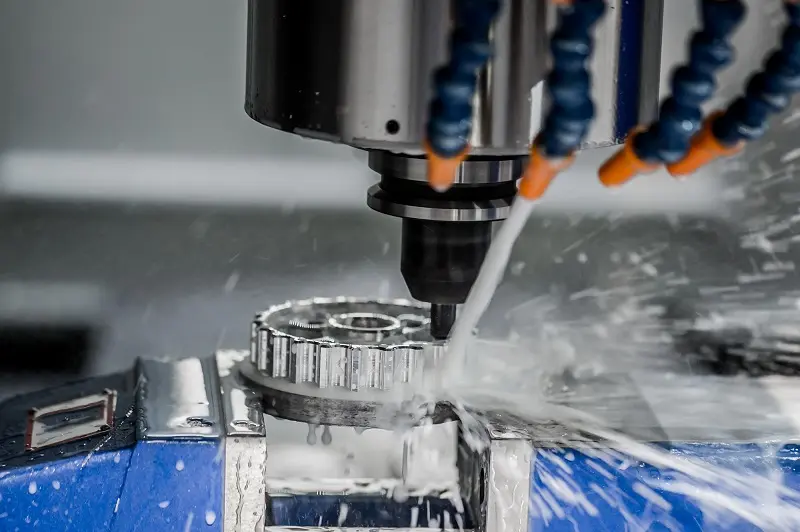
A Brief Discussion on the Respective Advantages of the Precision CNC Machining Industry in China and Southeast Asian Countries.
In recent years, China's CNC precision machining industry has continued to grow, while manufacturing in Southeast Asia has also developed rapidly. With some foreign companies relocating production lines from China to Southeast Asian countries, can Southeast Asia truly replace China as the "world's factory"? In reality, this remains quite difficult. After decades of development, China's CNC machining industry has established a complete industrial ecosystem, with end-to-end production capabilities—from raw materials to high-end components. This well-integrated supply chain allows China to respond swiftly to order demands, an advantage that Southeast Asian countries cannot easily match in the short term. Below, we analyze the differences between China and Southeast Asia in custom CNC machining from several key perspectives:
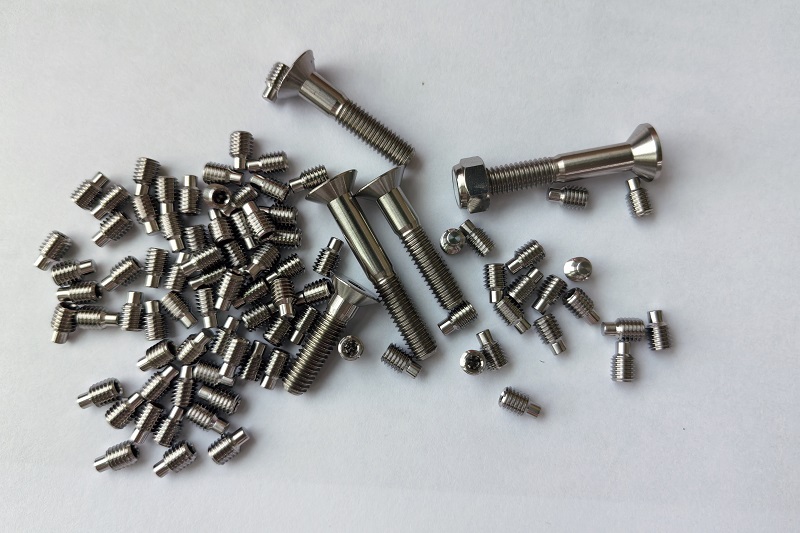
How to Determine if Custom Titanium Bolts Are Made of Titanium?
Titanium alloy bolts are fasteners made from titanium alloy materials, valued for their low density, lightweight properties, high strength, and corrosion resistance, making them ideal for industrial applications in extreme environments. They are widely used in industries such as electroplating, chemical processing, aerospace, and marine aquaculture, often requiring custom machining based on client specifications, though they come at a relatively high cost. So, how can we determine whether a custom titanium bolt is genuinely made of titanium alloy? The following methods can be used for verification:
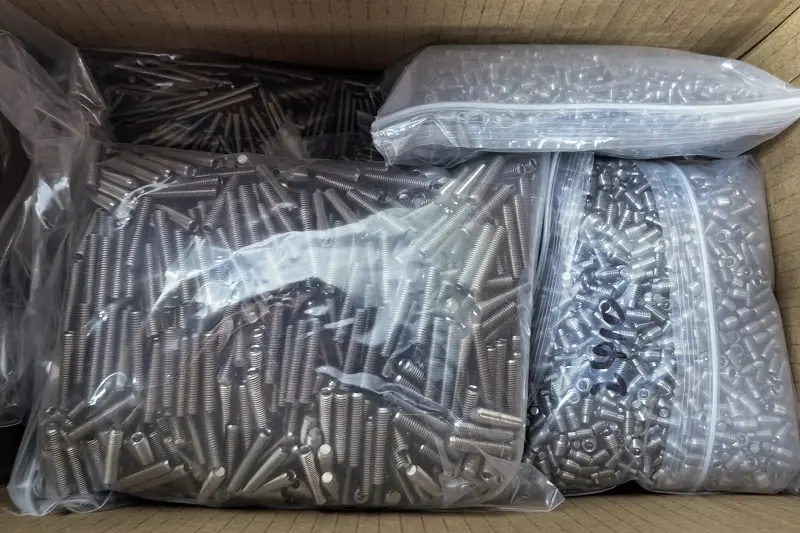
How to Improve the Efficiency and Quality of Titanium Machining Parts?
CNC titanium machining is widely used in the manufacturing of titanium alloy components due to their high strength, corrosion resistance, and lightweight properties, making them essential in various industries, including specialized applications. However, titanium alloys are notoriously difficult to machine compared to materials like carbon steel or stainless steel because of their low thermal conductivity, high chemical reactivity, and low elastic modulus. These characteristics often lead to challenges such as low machining efficiency, rapid tool wear, and poor surface quality. To effectively enhance both efficiency and quality in titanium alloy machining, a multi-faceted approach is required, which can be analyzed from the following three key aspects:

How to Choose Between Investment Casting and Sand Casting?
The term "precision casting" generally excludes sand casting and primarily refers to processes such as investment casting (also known as lost wax casting), ceramic mold casting, permanent mold casting, die casting, lost foam casting, and vacuum casting. Among these casting processes, investment casting and sand casting are the most common and widely used in manufacturing. Although they differ significantly in production methods and product requirements, these two processes are most easily confused. The following two images illustrate their respective processing techniques (for reference only). Today, we can discuss whether to choose investment casting or sand casting based on factors such as cost considerations, precision requirements, and surface finish requirements:
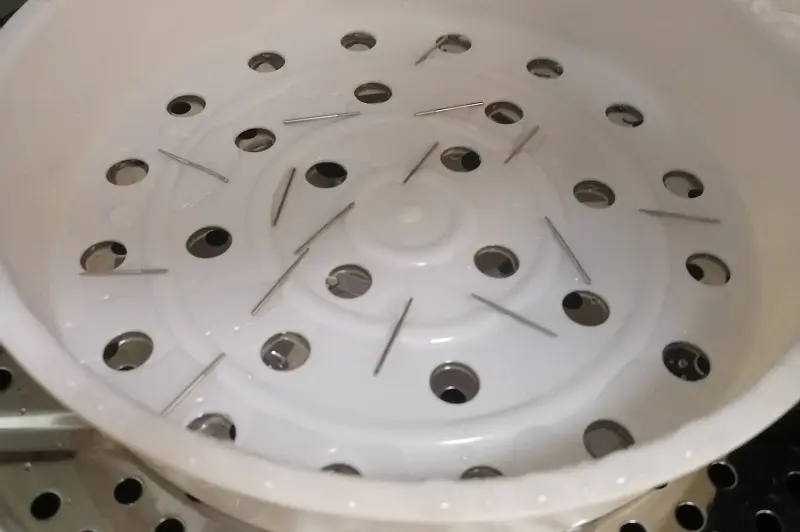
How to ensure the quality of lathe machining parts?
Regarding how to ensure quality in CNC metal machining, today I’ll use a metal product we recently manufactured as a case study for discussion. At first glance, the drawing may seem straightforward, but this part requires multiple processes—CNC turning, grinding, heat treatment, surface finishing, and more. Meeting the client’s specifications and dimensional tolerances at every stage is quite challenging. Below are the drawing and product photos. Based on our hands-on machining experience, we’ll analyze the key aspects in detail:
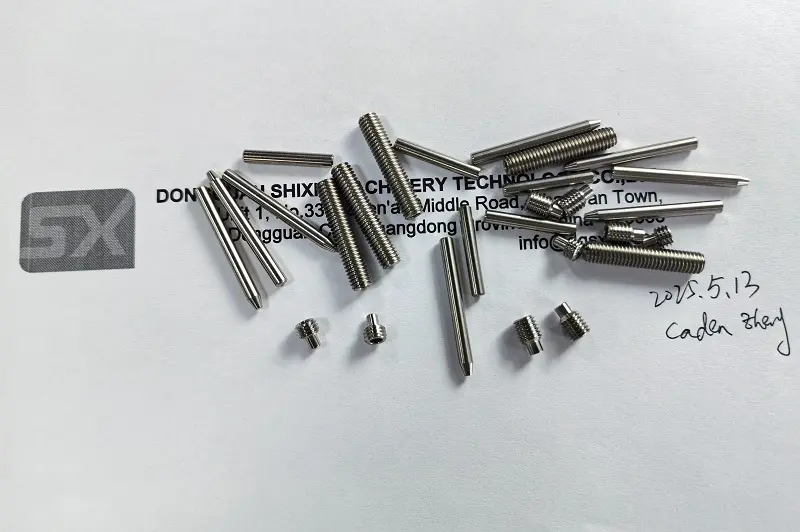
Can Titanium Bolt Fully Replace Stainless Steel Bolt?
Although titanium bolt offer advantages such as high strength, lightweight properties, corrosion resistance, and non-magnetic characteristics, whether they can fully replace stainless steel bolt requires a comprehensive discussion based on cost factors, performance characteristics, application scenarios, and manufacturing processes:
Analysis of the Impact of a Volatile Global Landscape on China's CNC Machining Industry Exports.
Against the backdrop of a rapidly changing global landscape, China's CNC machining industry faces both multiple opportunities and challenges in foreign trade exports. The analysis will be conducted from three key perspectives: major influencing factors, industry response strategies, and future trends:









